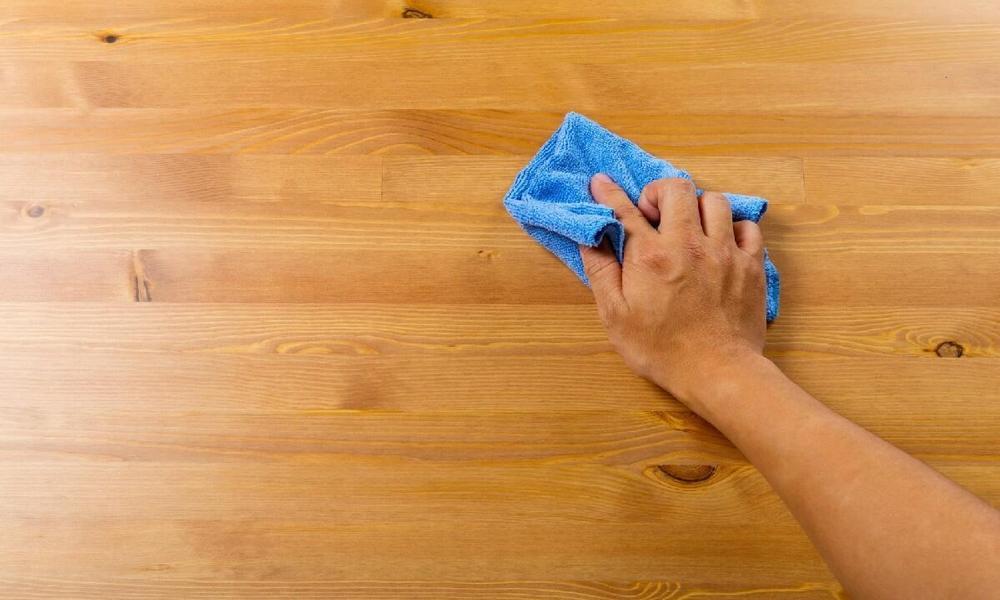Are you tired of dull and lackluster furniture in your home? Perhaps it’s time to consider giving your beloved pieces a good polish. Furniture polishing not only enhances the appearance of your furnishings but also helps to prolong their lifespan. But with so many different types of furniture polishes available, and the option for both professional or DIY applications, how do you know which route to take? In this blog post, we’ll explore the various options, what to look for in a good furniture polish, and weigh up the pros and cons of professional vs. DIY furniture polishing. So, let’s discuss about furniture polishing!
The Different Types Of Furniture Polish
There are several types of furniture polishing available on the market, each with its unique properties and benefits. The most common types are spray polishes, cream polishes, and wax-based polishes.
Spray polishes are quick and easy to use, making them a popular choice for those who want fast results. They often contain silicone or other additives that create a temporary shine but can build up over time if used excessively.
Cream polishes are thicker in consistency than spray polishes and typically contain oils such as lemon oil or beeswax. These products penetrate deeply into the wood grain, restoring moisture content and reviving dull surfaces.
Wax-based polishes provide a long-lasting protective layer that helps repel dust and water. They’re also great for covering small scratches or blemishes on wooden furniture surfaces.
It’s important to note that not all furniture is suitable for every type of polish – always check the label before applying any product to your furnishings. With so many options available, there’s bound to be a polish out there that suits both your needs and budget!
Pros And Cons Of Professional Vs. DIY Furniture Polishing
When it comes to furniture polishing, there are pros and cons to both professional services and DIY methods.
Professional Furniture Polishing
- Professional furniture polishers have the experience and knowledge needed to properly care for your furniture. They also have access to high-quality products that might not be available at your local store. Additionally, they can save you time by completing the task quickly and efficiently.
- However, professional services can come with a higher price tag than doing it yourself. You may also need to schedule an appointment in advance, which could be inconvenient if you’re on a tight timeline.
DIY Furniture Polishing
- On the other hand, DIY furniture polishing allows you more control over the process. You can choose specific products that suit your needs or preferences and work at your own pace without having to wait for an appointment.
- But when taking on this task yourself, there is always the possibility of making mistakes or using incorrect products that could end up causing damage instead of improving it.
Ultimately, whether you choose professional or DIY depends on your budget, time constraints, level of expertise and comfortability in handling certain tools/products.
Final Verdict!
When it comes to furniture polishing, both professional and DIY methods have their own advantages and disadvantages. Professional polishing services may cost more but can provide better results without the need for you to do any of the work. However, if you want to save money and have some fun doing it yourself, DIY furniture polishing is a great option.
You may also like
-
Top Reasons to Trust the Best Countertop Company in Canada
-
Uncovering Bedok’s newest luxury living trends near New Upper Changi Road Condo
-
Seasonal Considerations for Tree Removal Seattle WA
-
How to Choose the Right Home in Spring Hill with AC and Garage Features
-
How to Create a Mood Board for Your Next Room Makeover

